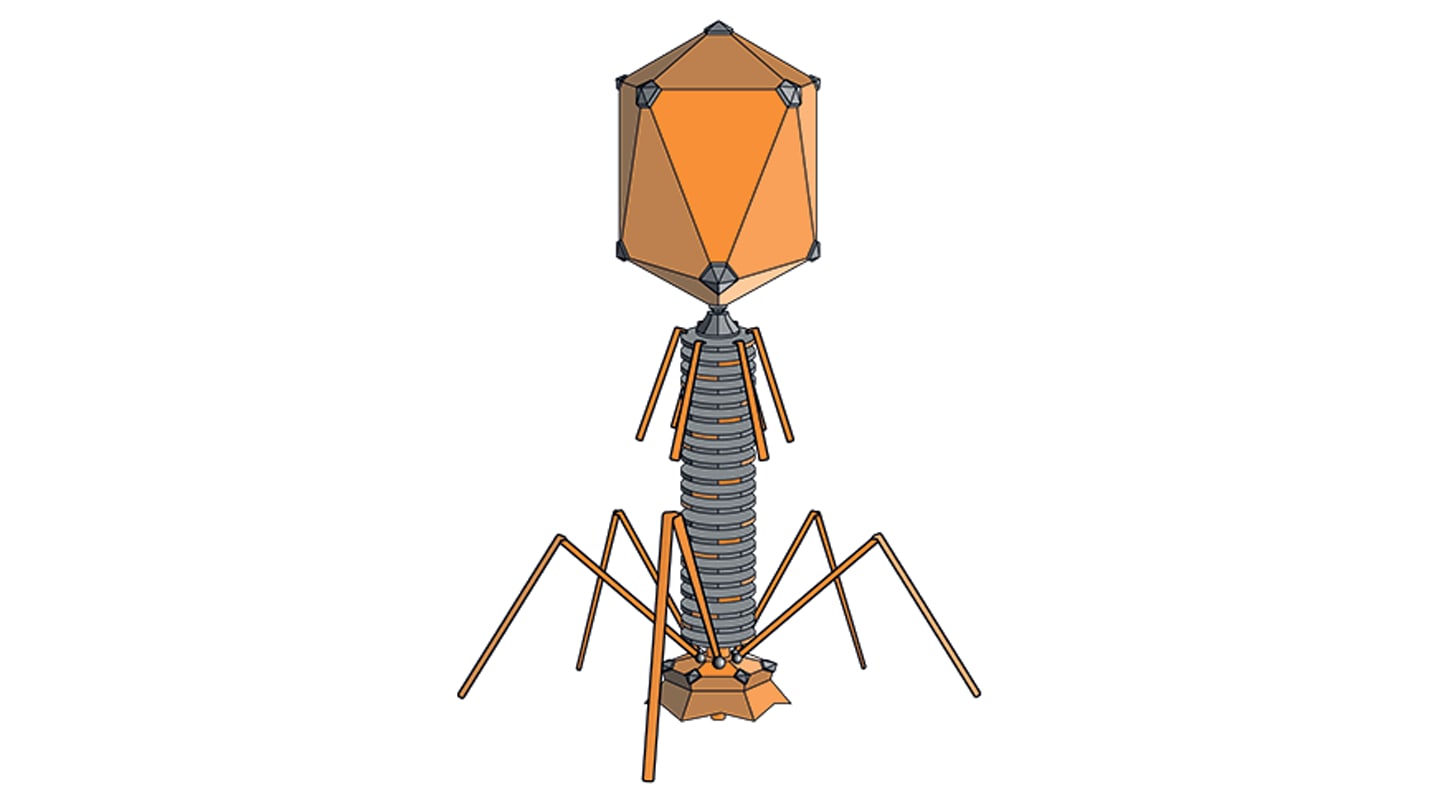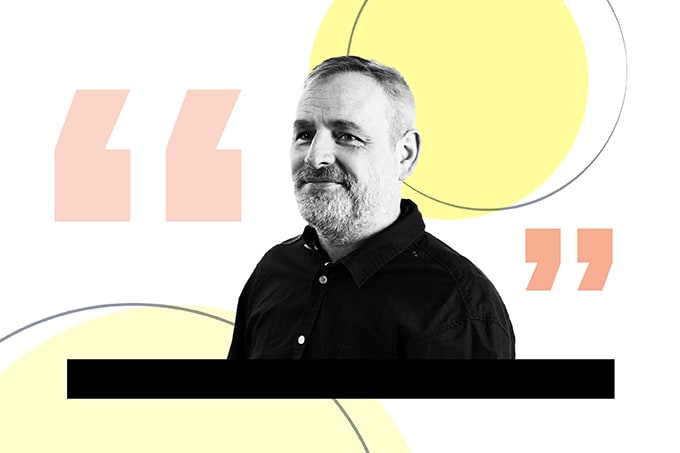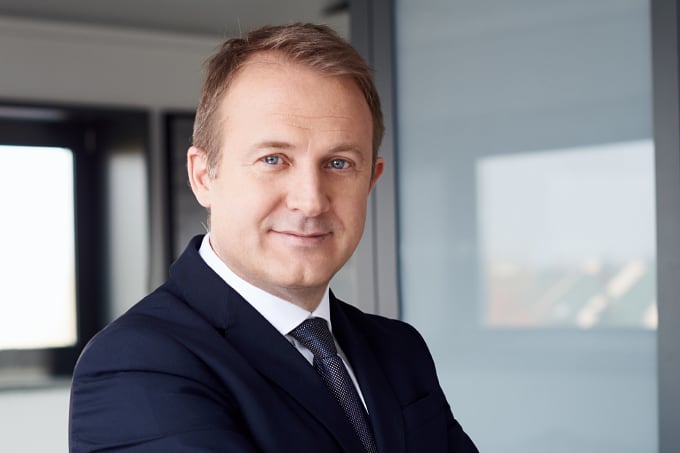
Digital transformation is no longer an industry buzzword but part of the mission of most companies. Novo Nordisk Vice President Ibrahim Kamstrup-Akkaoui brings a rare blend of clinical data management experience to the pharma giant’s evolving R&D strategy. During the 2025 Veeva Quality Summit in Madrid, we spoke with Kamstrup-Akkaoui to find out how Novo is embracing AI and automation to streamline clinical trials, reduce inefficiencies, and build a data-driven future. From simulated trials to seamless system integration, his vision reveals how technology is poised to accelerate drug development while staying firmly rooted in compliance.
How is a major pharma company like Novo Nordisk utilizing AI and automation in clinical trials?
We're still in the early stages, but we're exploring a lot of opportunities. One key area is handling the increasing volume of data generated from our growing number of clinical trials. Technology can help us manage, format, clean, and prepare this data for submission more efficiently.
We’re also looking into automating the setup of clinical trial systems. Traditionally, this has been a very manual process – reviewing protocols, generating specifications, and configuring systems manually. Now, we’re developing a system called Open Study Builder. It uses metadata stored in a newly established repository to define protocols as data. Once the protocol is data-driven, we can automatically extract endpoints and other key data points, generate digital specifications, and load them directly into our clinical systems, which allows for automated system setup.
How important is it to leverage the expertise of tech companies in this strategy?
What we really appreciate is the support for the entire clinical development process. The vision of tech partners includes systems that span every step, which contrasts with the current siloed approach – where business units choose systems that work well for their specific domain but don't necessarily support neighboring areas. We want systems that foster collaboration between domains and enable seamless data flow across the full clinical trial process.
How does your role help bridge the gap between tech companies and pharma?
I draw on my clinical trial experience, particularly in clinical data management, where I’ve worked with many stakeholders who rely heavily on the data we collect. I also bring an IT and data management background, which helps me identify process improvement opportunities.
One of my current responsibilities is to assess how we can use technology to streamline processes, reduce manual activities, and minimize handoffs between departments. The goal is a more seamless, end-to-end clinical development process.
Would that translate into more efficient drug development?
Exactly. We’ve been improving year after year, but now we want to take it further. With partnerships such as that between Novo and Veeva brings access to a full suite of solutions that, once implemented and standardized, will provide a solid foundation for building AI and automation tools.
What are the current inefficiencies in digital transformation in pharma?
So far, many companies have been reluctant to adopt the latest technologies, often due to concerns about GxP regulations. But with greater investment and understanding, we’re getting smarter. For example, many of our processes are still serial – we complete one step before starting the next. With AI-based simulations, we hope to run more activities in parallel, enabling faster, more efficient trials.
Considering the increasing number of sources from which to gather data, is there such a thing as too much data?
Not at all – data is life! That said, it’s like looking for a needle in a haystack, but with AI, we’re not relying on manual effort anymore. AI helps us find not just the one needle, but perhaps many more we didn’t even know we were looking for.
What are the regulatory challenges, and how do partnerships help address them?
Veeva offers a platform that meets regulatory requirements right out of the box. Of course, we validate any new Veeva product we adopt, based on our specific configurations, to ensure it aligns with our processes.
For the AI and automation aspects, we’re engaging with suppliers, peers, and regulators to ensure we remain compliant while adopting these new technologies. It’s still a learning process, but progress is being made. Our approach is to think big but start small by experimenting with smaller solutions while we plan the larger initiatives.
Is it wise to be cautious in such a highly regulated industry?
Yes, and that’s our approach. While we’re developing strategies for broader solutions, we’re experimenting on a smaller scale so that we understand exactly where caution is needed when we scale up.
What do you envision the bigger AI solutions to look like?
One goal is the ability to simulate clinical trials. Not to replace them entirely, but to help design better trials from the outset – choosing the right trial setup to reduce wasted effort and time. If we can cut out inefficiencies in this stage, we’ll get treatments to patients faster, which is our ultimate goal.




